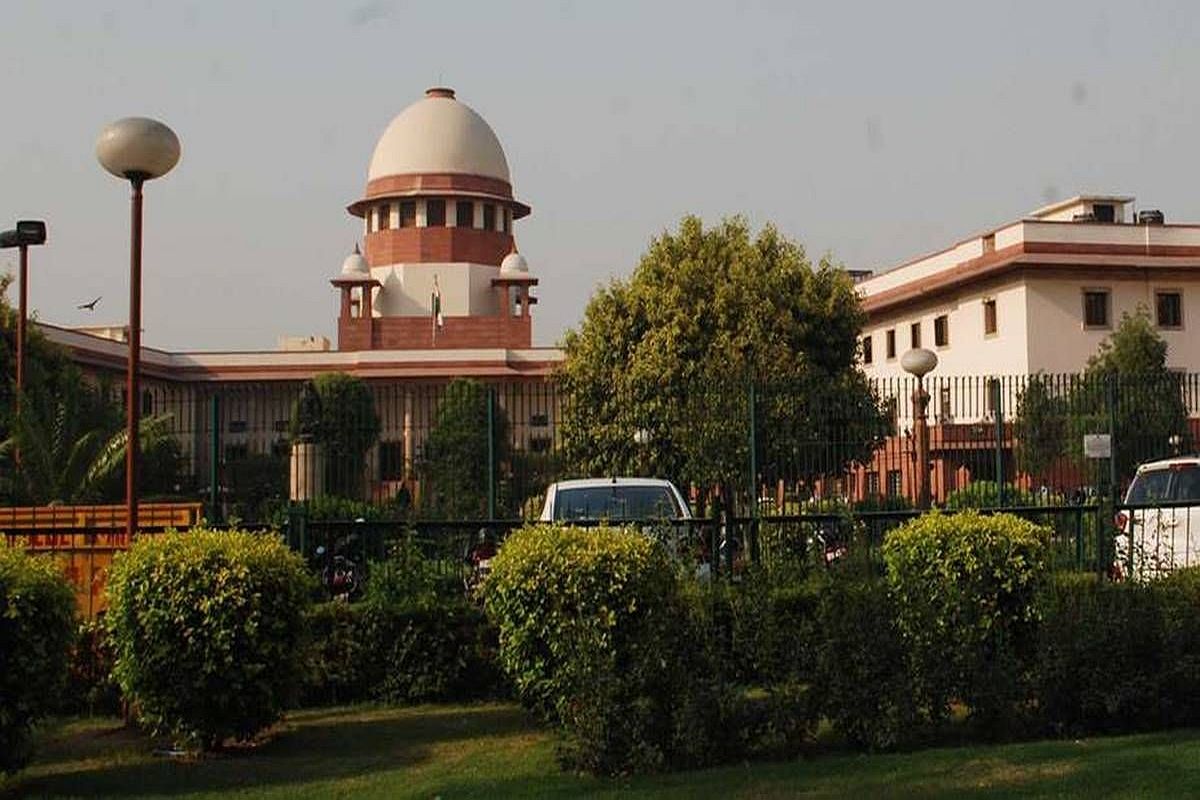While the imperatives of development and environment are equally compelling, rightly has the Supreme Court signalled its intent to strike a deft balance. Tuesday’s directive of the Bench (coram: SA Bobde, CJ; and Bhushan Gavai and Surya Kant, JJ) envisages guidelines to minimise the need to chop down trees and thus make space for public projects, notably expansion of roads given the burgeoning traffic. A section of the stakeholders may even have an eye on the logs of wood that any hacking operation can yield at the end of the day.
In the immediate perspective, the practice of puja committees in Bengal to hack trees to facilitate the erection of pandals must end. The guidelines will be formulated in consultation with experts, notably environmental scientists and economists. More basically, the objective is to protect the environment and ecology, with the preservation of greenery. The judiciary’s initiative assumes significance in the context of unnerving reports that this summer is likely to be ever so warm.
This explains the court’s very timely caveat, specifically that if “urgent steps were not taken, it would lead to permanent damage to the environment in another 50 years”. Half a century is a long enough span in terms of periodisation of world history. Suffice it to register that the climate of the world might change for the worse in another 50 years. “You can see that the deterioration is so rapid that before anybody knows what is happening, there will be many things which would be permanently gone,” was Chief Justice Bobde’s word of caution to advocate Prashant Bhushan.
The court’s initiative is bound to bear on the Bengal government’s praxis, most importantly the cutting down of hundreds of trees for constructing a foot overbridge above railway tracks. The Bench has taken cognizance of the allegation made by the Association for Protection of Democratic Rights that such “indiscriminate felling would cause serious environmental degradation”. Point taken.
Having said that, there is substance too in the state government’s defence that treefelling was required as there were 800-odd deaths at the unmanned level crossings across the state’s landscape. Of course, to ensure that all level-crossings are manned ~ if not technologically driven in this day and age ~ comes within the ambit of the Railways, which has been generally impervious to the danger, till such time an accident occurs.
The Chief Justice has advanced cogent reasons for effecting a balance between development and the environment ~ “Green cover must be preserved and alternatives must be explored to develop infrastructure without cutting trees. Otherwise, it will lead to rapid deterioration of natural resources.” The Supreme Court has underlined the core of the issue ~ “There could be a way to create a path without felling trees.” Indeed, the path towards development and ecology calls for reflection.











